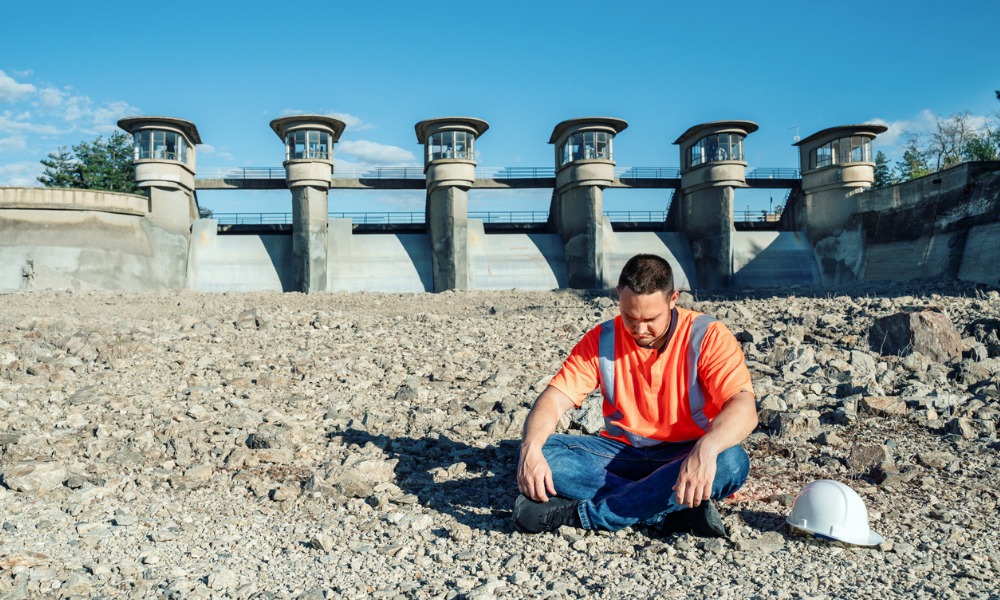
'It is crucial that employers and workers collaborate to minimize heat-related risks'

The Alberta government is emphasizing employers’ responsibilities to protect workers as temperatures rise across the province, providing a potential hazard for workers who work in dangerous heat levels.
"Alberta summers can present safety risks for those working outdoors or in hot environments,” said Matt Jones, minister of jobs, economy and trade. “It is crucial that employers and workers collaborate to minimize heat-related risks. It is our goal that every worker returns home safely after each and every work day.”
The Occupational Health and Safety Act requires employers to assess hazards and take all reasonable steps to protect the health and safety of workers.
Understanding the health risks involved with working in extreme temperatures can help employers protect their workers, the government noted. However, while this information is most relevant to outdoor workers, it may also help workers in hot indoor environments, according to the government.
Recently, a group promoting the cause of migrant workers in Canada called on the Ontario government to better protect migrant farm workers from the risk of heat stress by passing legislation for that specific purpose.
Employers and workers should be aware of the early signs of heat stress and treat it immediately, according to the Alberta government. Signs include:
“These symptoms can progress to heat stroke, a life-threatening condition requiring immediate medical attention,” according to the government.
Here are some things that employers can do to protect workers from heat stress, according to the Alberta government:
Meanwhile, here are the things that workers can do to protect themselves from heat stress, according to the government:
“Susceptibility to heat-related injury or illness varies from person to person. Factors such as age, medical conditions, general health and fitness level and whether a worker is acclimatized to heat can make people more or less susceptible to feeling extreme heat,” said the Alberta government.
Alberta is also providing stakeholders with resources about working in extreme temperatures and working in summer.
Meanwhile, the Canadian Centre for Occupational Health and Safety (CCOHS) noted that employers can prevent the risk of heat stress by implementing the following engineering controls:
Previously, the United Nations (UN) warned that the world is ushering an era of "global boiling," which could risk workers collapsing from scorching heat.